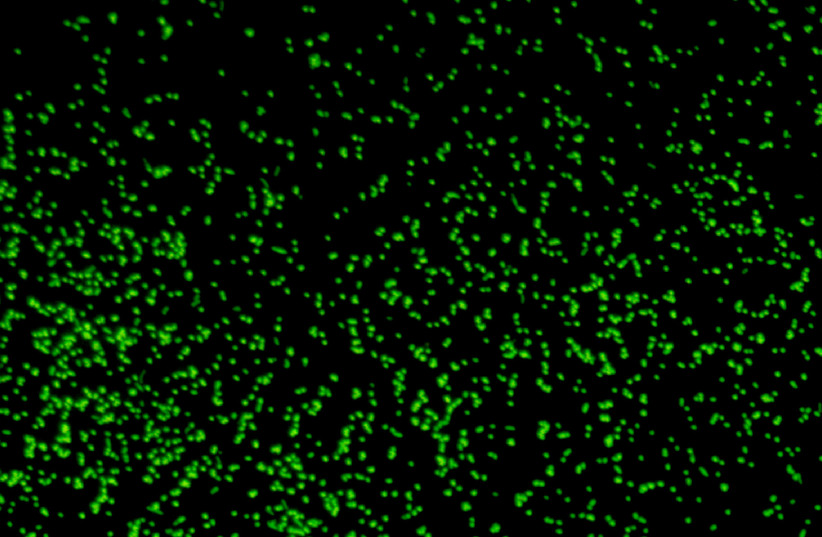A team of researchers from Rutgers University and the University of Buenos Aires has identified the structures of proteins that may have led to the beginning of life on Earth, according to a study funded by NASA and published in the peer-reviewed journal Science Advances on Friday.
In order to learn more about the origins of life on the planet, the researchers, led by Yana Bromberg, a professor at the Department of Biochemistry and Microbiology at Rutgers University-New Brunswick, worked with the assumption that any organisms would have been dependent on energy from the sun or hydrothermal vents on Earth.
In order to collect this energy, organisms would have needed to be able to transfer electrons. The most ideal materials capable of electron transfer are metals and most biological processes require proteins. Therefore, the researchers concluded that proteins that bind metals were likely to have been involved in the origins of life.
The team attempted to find similarities between every known protein structure that binds metals, assuming that these similarities would have been found in early proteins and eventually passed down to proteins that currently exist.
In order to determine how traits were passed down from early proteins to currently-existing ones, the researchers developed a computational method and learned that most existing proteins are very similar, regardless of which metals they bind to or other factors.

Bromberg noted that the structures of metal-binding proteins were "often made up of repeated substructures," similar to LEGO blocks, adding that the substructures were present not only in the metal-binding cores of the proteins but also in other proteins that the researchers had not even considered.
"Our observation suggests that rearrangements of these little building blocks may have had a single or a small number of common ancestors and given rise to the whole range of proteins and their functions that are currently available -- that is, to life as we know it," Bromberg added.
Bromberg said the findings contribute to a previously unknown explanation for how life began on Earth and could even help in the search for extraterrestrial organisms and in the field of synthetic biology.
